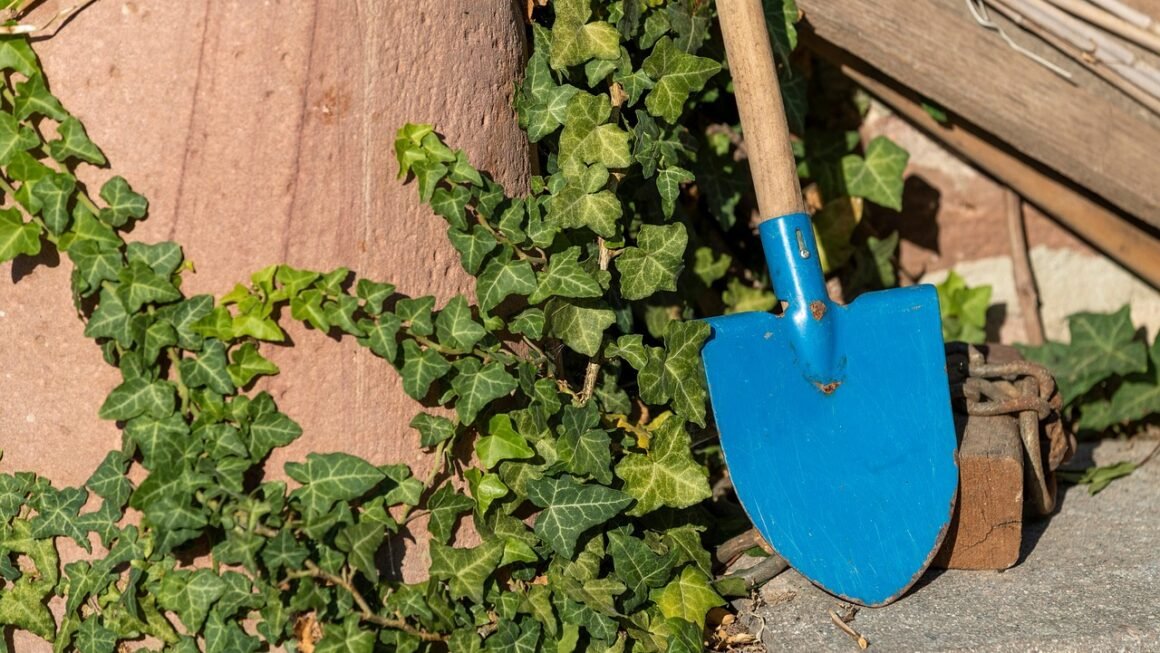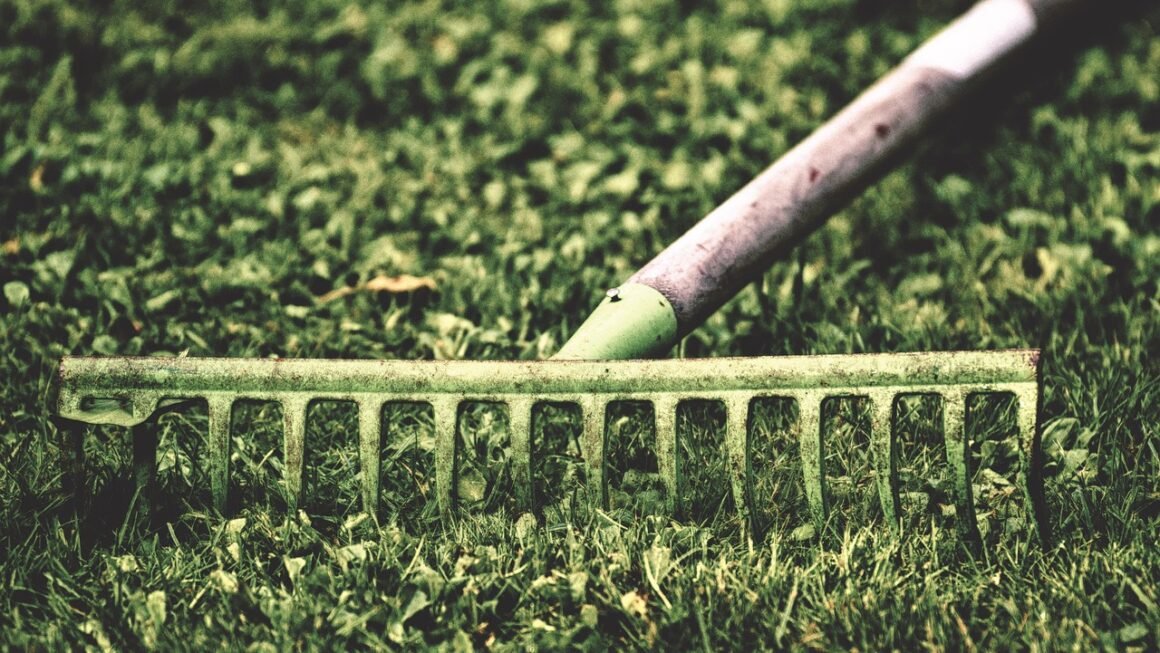Adding soil conditioner to your garden is like giving your plants a vitamin boost, creating a thriving environment where roots can flourish and plants can reach their full potential. It’s not just about adding nutrients; it’s about improving the soil’s overall structure, water retention, and aeration, leading to healthier, more vibrant plants. This guide will delve into the world of soil conditioners, exploring their types, benefits, and how to choose the right one for your garden.
What is a Soil Conditioner?
Defining Soil Conditioners
A soil conditioner is any material added to soil to improve its physical properties, such as its structure, water retention, permeability, water infiltration, drainage, aeration, and biological activity. Unlike fertilizers, which primarily provide nutrients, soil conditioners focus on enhancing the soil’s overall health and functionality. They modify the soil’s physical characteristics, making it more conducive to plant growth. Soil conditioners improve the environment for plant roots to thrive, leading to healthier and more productive plants.
Soil Conditioner vs. Fertilizer: What’s the Difference?
It’s easy to confuse soil conditioners with fertilizers, but they serve distinct purposes.
- Soil Conditioners: Improve the soil’s physical characteristics. They enhance drainage, aeration, water retention, and structure, creating a better environment for roots.
- Fertilizers: Supply essential nutrients (nitrogen, phosphorus, potassium, etc.) that plants need for growth. They are like food for plants.
Think of it this way: soil conditioners build a better “home” for your plants, while fertilizers provide the “food.” Using both together creates the ideal conditions for plant growth.
Benefits of Using Soil Conditioners
Improving Soil Structure
Soil structure is crucial for plant health. Conditioners improve it by:
- Creating better aggregation: Soil conditioners bind soil particles together, forming aggregates that allow for better aeration and drainage.
- Reducing compaction: Breaking up compacted soil, allowing roots to penetrate more easily. Clay soils especially benefit.
- Enhancing porosity: Increasing the space between soil particles, which allows for better air and water movement.
Enhancing Water Retention and Drainage
Proper moisture management is vital. Soil conditioners assist by:
- Increasing water-holding capacity: Conditioners like compost and peat moss absorb and retain water, preventing plants from drying out quickly.
- Improving drainage: By creating better soil structure, conditioners prevent waterlogging, which can suffocate roots.
- Balancing moisture levels: Soil conditioners help create a soil environment with appropriate moisture, not too wet, not too dry.
Boosting Nutrient Availability
While not fertilizers, soil conditioners can improve nutrient availability:
- Increasing nutrient retention: Some conditioners, like compost, contain organic matter that holds onto nutrients, preventing them from leaching away.
- Promoting microbial activity: Conditioners encourage the growth of beneficial microbes that break down organic matter and release nutrients into the soil.
- Enhancing fertilizer uptake: Healthy soil, improved by soil conditioners, leads to better nutrient absorption by plant roots.
Supporting Beneficial Microbes
A healthy soil ecosystem is teeming with beneficial microorganisms. Conditioners:
- Provide food for microbes: Organic matter in conditioners feeds soil microbes, supporting their growth and activity.
- Create a favorable environment: Well-structured and aerated soil provides a suitable habitat for beneficial bacteria and fungi.
- Improve nutrient cycling: Microbes break down organic matter and release nutrients, making them available to plants.
Types of Soil Conditioners
Organic Soil Conditioners
Organic conditioners are derived from living organisms and offer numerous benefits:
- Compost: Decomposed organic matter that improves soil structure, water retention, and nutrient availability. A great all-around option.
– Example: Mix compost into garden beds before planting, or use it as a top dressing around existing plants.
- Peat Moss: Decomposed sphagnum moss that holds water and aerates the soil. Ideal for acidic-loving plants.
– Example: Use peat moss in potting mixes or to amend acidic soils for blueberries and azaleas.
- Animal Manure: Decomposed animal waste that adds nutrients and improves soil structure. Choose aged manure to avoid burning plants.
– Example: Incorporate aged cow or horse manure into vegetable gardens to enrich the soil.
- Wood Chips and Bark: Excellent for mulching and improving soil structure over time.
– Example: Use wood chips around trees and shrubs to suppress weeds and retain moisture.
Inorganic Soil Conditioners
Inorganic conditioners are non-living materials that improve soil structure:
- Vermiculite: A mineral that expands when heated, creating a lightweight and porous material that improves aeration and water retention.
– Example: Add vermiculite to potting mixes for container gardening.
- Perlite: Volcanic glass that expands when heated, creating a lightweight material that improves drainage and aeration.
– Example: Use perlite in potting mixes, especially for succulents and cacti.
- Sand: Improves drainage in heavy clay soils. Use coarse sand for best results.
– Example: Mix coarse sand into clay soil to improve drainage in garden beds.
- Gypsum: A mineral that helps break up clay soils and improves water infiltration.
– Example: Apply gypsum to clay soils to improve drainage and prevent compaction.
Synthetic Soil Conditioners
Synthetic conditioners are man-made products designed to improve soil properties:
- Polyacrylamide (PAM): A polymer that improves soil structure and water retention.
– Example: Use PAM in agricultural settings to reduce erosion and improve crop yields.
- Superabsorbent Polymers: Polymers that can absorb and retain large amounts of water.
– Example: Add superabsorbent polymers to potting mixes to reduce watering frequency.
Choosing the Right Soil Conditioner
Assessing Your Soil Needs
Before selecting a soil conditioner, understand your soil’s current condition:
- Soil Testing: Conduct a soil test to determine pH, nutrient levels, and soil texture. This provides valuable information for choosing the right conditioner. Kits are available online or at garden centers.
- Visual Inspection: Observe your soil’s texture, drainage, and compaction. Is it sandy, clayey, or loamy? Does water drain quickly or pool on the surface?
- Plant Health: Evaluate the health of your plants. Are they thriving, or are they showing signs of nutrient deficiencies or water stress?
Matching Conditioners to Soil Types
Different soil types benefit from different conditioners:
- Sandy Soils: Need conditioners that improve water retention, such as compost, peat moss, and superabsorbent polymers.
- Clay Soils: Need conditioners that improve drainage and aeration, such as compost, sand, gypsum, and perlite.
- Silty Soils: Benefit from conditioners that improve structure and nutrient retention, such as compost and animal manure.
Considering Your Plants’ Needs
Different plants have different soil requirements:
- Acid-Loving Plants: Such as azaleas, rhododendrons, and blueberries, benefit from acidic soil conditioners like peat moss.
- Vegetables: Generally prefer well-drained, nutrient-rich soil amended with compost and aged manure.
- Succulents and Cacti: Require well-draining soil amended with perlite and sand.
Applying Soil Conditioners
Preparing the Soil
Before applying soil conditioners, prepare the soil:
- Clear the Area: Remove any weeds, rocks, and debris from the area.
- Loosen the Soil: Use a garden fork or tiller to loosen the soil to a depth of 6-12 inches.
- Water the Soil: Moisten the soil before applying the conditioner to help it absorb and integrate better.
Application Methods
The application method depends on the type of conditioner and the size of the area:
- Mixing In: Incorporate the conditioner into the soil by tilling, digging, or raking it in.
- Top Dressing: Spread the conditioner on the soil surface around existing plants.
- Mulching: Apply a layer of conditioner around plants to retain moisture, suppress weeds, and improve soil structure.
Application Rates
Follow the manufacturer’s instructions for application rates. As a general guideline:
- Compost: Apply a 2-4 inch layer.
- Peat Moss: Mix 1 part peat moss with 2 parts soil.
- Animal Manure: Apply a 1-2 inch layer of aged manure.
- Sand: Mix sand into clay soil at a ratio of 1:1 or 1:2.
- Gypsum: Apply 5-10 pounds per 100 square feet.
- Vermiculite/Perlite: Mix into potting mixes at a ratio of 1:3 or 1:4.
Conclusion
Soil conditioners are essential for creating healthy, thriving gardens. By understanding the different types of conditioners, assessing your soil needs, and applying them correctly, you can improve soil structure, water retention, nutrient availability, and microbial activity. Whether you’re dealing with sandy soil, clay soil, or simply want to improve the overall health of your garden, incorporating soil conditioners into your gardening routine can make a significant difference in the success of your plants. Remember, healthy soil leads to healthy plants!




